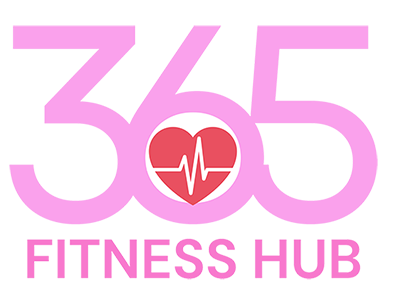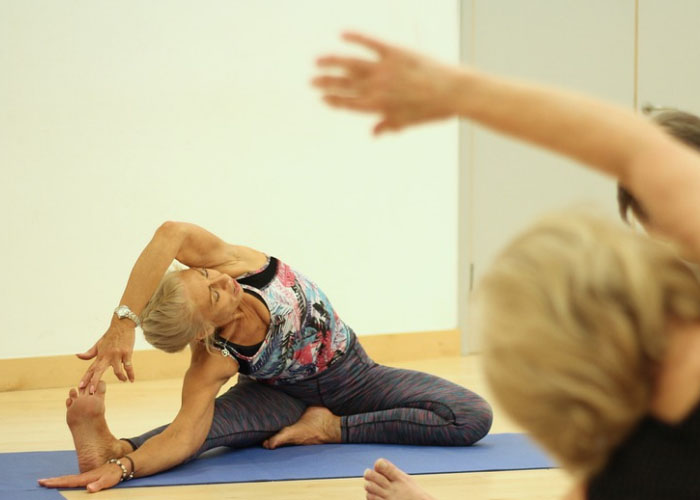Thriving at Fifty and Beyond: Nutrition and Exercise Essentials for Optimal Health
Reaching the age of fifty is a significant milestone—one that often prompts reflection on health, vitality, and overall well-being. While aging is an inevitable part of life, it doesn’t mean accepting a decline in health as a foregone conclusion. In fact, with the right approach to nutrition and exercise, individuals over fifty can not only maintain but also enhance their physical health, mental acuity, and quality of life. Here’s a comprehensive guide to nutrition and exercise essentials for thriving at fifty and beyond:
Nutrition for Longevity and Vitality
Prioritize Nutrient Density: As metabolism slows and nutrient needs change with age, focusing on nutrient-dense foods becomes paramount. Emphasize whole, minimally processed foods rich in vitamins, minerals, antioxidants, and fiber, such as fruits, vegetables, lean proteins, whole grains, nuts, and seeds.
Mindful Eating: Pay attention to hunger cues, eat slowly, and savor each bite. Mindful eating promotes better digestion, prevents overeating, and enhances appreciation for food, fostering a healthier relationship with eating.
Stay Hydrated: Aging can reduce the sensation of thirst, increasing the risk of dehydration. Aim to drink plenty of water throughout the day and incorporate hydrating foods such as fruits, vegetables, and herbal teas into your diet.
Maintain Protein Intake: Protein plays a crucial role in preserving muscle mass, supporting immune function, and promoting satiety. Include sources of lean protein in each meal, such as poultry, fish, tofu, legumes, and Greek yogurt.
Healthy Fats: Opt for heart-healthy fats found in avocados, olive oil, nuts, seeds, and fatty fish like salmon. These fats support brain health, reduce inflammation, and contribute to overall well-being.
Bone Health: Ensure adequate calcium and vitamin D intake to support bone health and reduce the risk of osteoporosis. Incorporate dairy products, leafy greens, fortified foods, and sunlight exposure into your routine.
Exercise for Strength, Flexibility, and Mobility
Strength Training: Incorporate resistance training exercises at least two to three times per week to maintain muscle mass, bone density, and metabolic health. Focus on compound movements that target major muscle groups, such as squats, lunges, deadlifts, and chest presses.
Cardiovascular Exercise: Engage in regular cardiovascular exercise to improve heart health, endurance, and overall fitness. Options include brisk walking, cycling, swimming, dancing, or aerobic classes tailored to your preferences and physical condition.
Flexibility and Mobility: Prioritize flexibility and mobility exercises to maintain range of motion, prevent injury, and enhance functional movement. Include activities such as yoga, Pilates, tai chi, or gentle stretching routines to promote flexibility, balance, and relaxation.
Balance Training: Incorporate balance exercises into your routine to reduce the risk of falls and enhance stability. Simple exercises like standing on one leg, heel-to-toe walking, or using balance boards can improve proprioception and coordination.
Listen to Your Body: Pay attention to any discomfort or pain during exercise and modify activities as needed. Honor your body’s limitations and gradually progress to more challenging exercises over time.
Additional Considerations
Consult with Healthcare Professionals: Before starting any new exercise or nutrition program, consult with your healthcare provider, especially if you have pre-existing medical conditions or concerns.
Rest and Recovery: Allow adequate time for rest and recovery between workouts to prevent overtraining and support muscle repair and growth.
Stay Consistent: Consistency is key to achieving long-term health and fitness goals. Find activities you enjoy and make them a regular part of your routine.
Mind-Body Connection: Incorporate stress-reducing practices such as meditation, deep breathing, or mindfulness to promote mental well-being and resilience.
Conclusion
As we age, prioritizing nutrition and exercise becomes increasingly vital for maintaining vitality, independence, and overall quality of life. By adopting a balanced approach to nutrition, incorporating a variety of nutrient-dense foods, and engaging in regular exercise that promotes strength, flexibility, and mobility, individuals over fifty can thrive and embrace the journey of aging with vitality and resilience. With mindful attention to health and well-being, the second half of life can be a time of flourishing and embracing new adventures with confidence and vitality.

